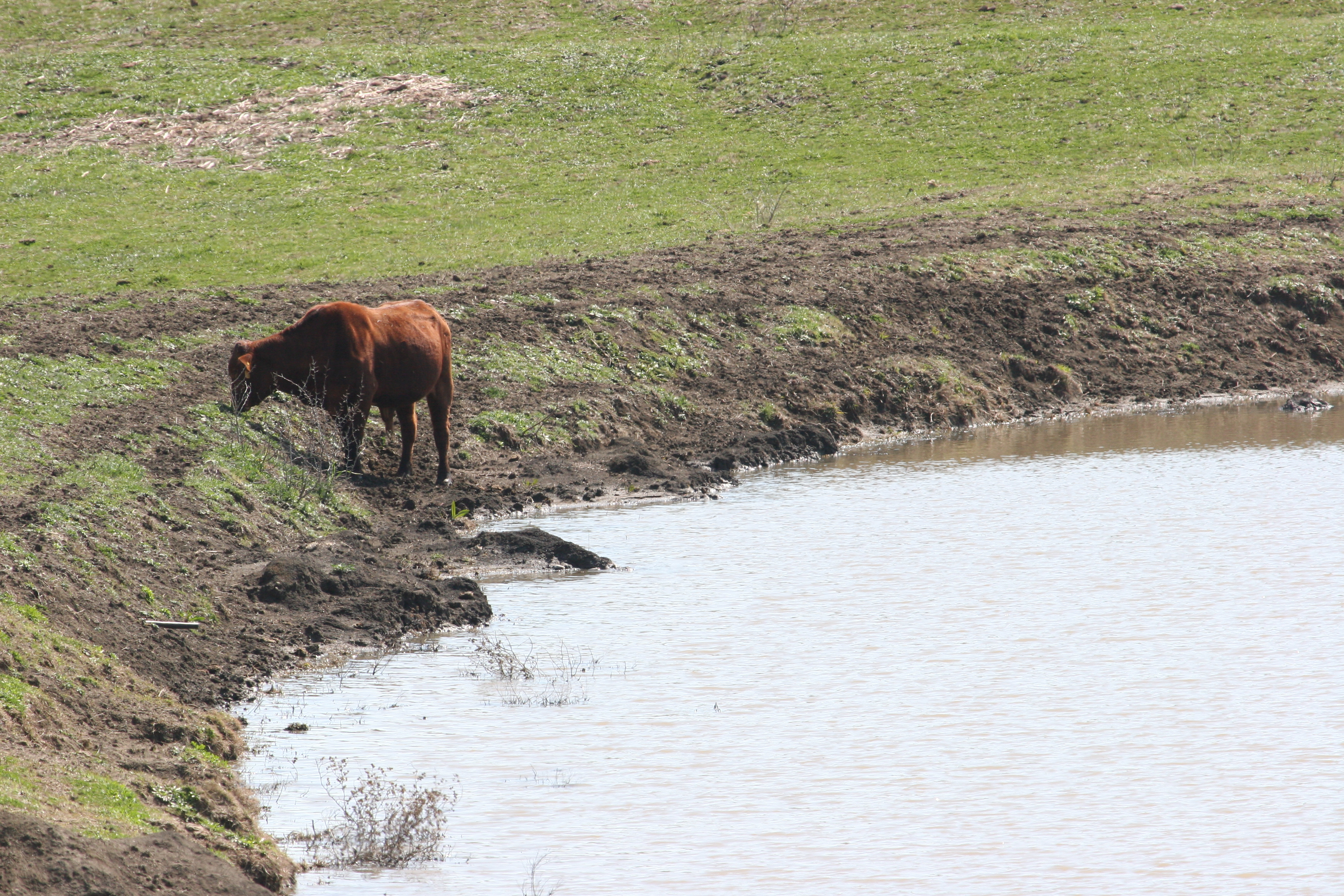By Justin Walker
Communications Specialist
Dry conditions have increased across the Lone Star State, but recent rainfall might help farmers and ranchers as the winter months continue.
Much of the state is facing abnormally dry or moderate drought conditions, according to the Texas Water Development Board’s drought report.
“That’s made things difficult as we move into the winter months,” Tracy Tomascik, associate director of Commodity and Regulatory Activities for Texas Farm Bureau, said in an interview on the TFB Radio Network.
But rainfall, including snow, in some areas of the state have helped conditions slightly.
“In the last week or so, about half the state has experience some good rainfall,” Tomascik said. “That’s going to lead us into winter on a good note.”
Tomascik said the recent moisture will help rye grass and small grains grow, but there is concern for how much stockpiled hay and forage will be available, especially in northeast Texas.
“That’s an area of the state that normally has pretty good weather or wet conditions throughout the fall,” Tomascik said. “It just didn’t happen this time around.”
That means farmers and ranchers have had to supplement hay and feed.
“Hopefully they were able to store quite a bit, because they started using it earlier this year,” Tomascik said.
As the colder weeks approach, farmers and ranchers can expect more harsh spells.
“We’re going to have to make sure there’s plenty of stored hay or stockpiled hay, whether it is round bales or square bales that are available, to keep their metabolism moving and maintaining body heat as colder conditions arrive,” Tomascik said.
He noted that sheep and goat producers need to make sure there is enough protein available for their animals.
It’s not just weather conditions that have these farmers and ranchers on alert, though.
“On top of the weather conditions that might be a challenge for them, there could also be predator issues moving into the winter months as well,” Tomascik said. “I’d say sheep and goat producers are on high alert this time of year, and that’s a normal stage of the production cycle for them.”
Whether it be weather or predator related, Tomascik said Texas farmers and ranchers know what to do.
“They are accustomed to it,” Tomascik said. “They know it is coming and are certainly getting prepared for the challenges this time of year can bring.”

